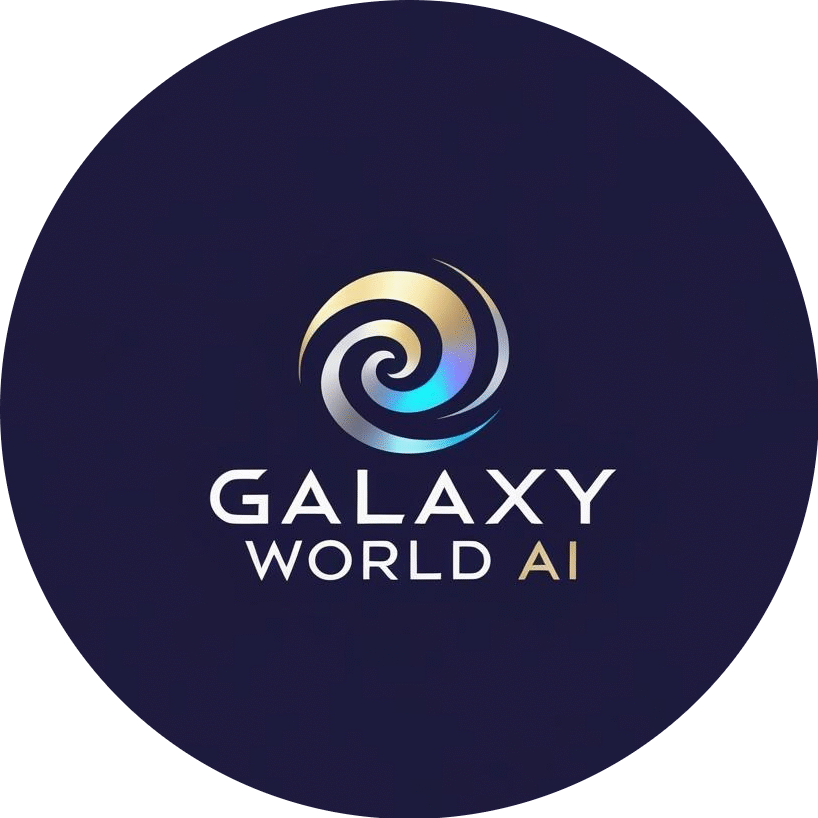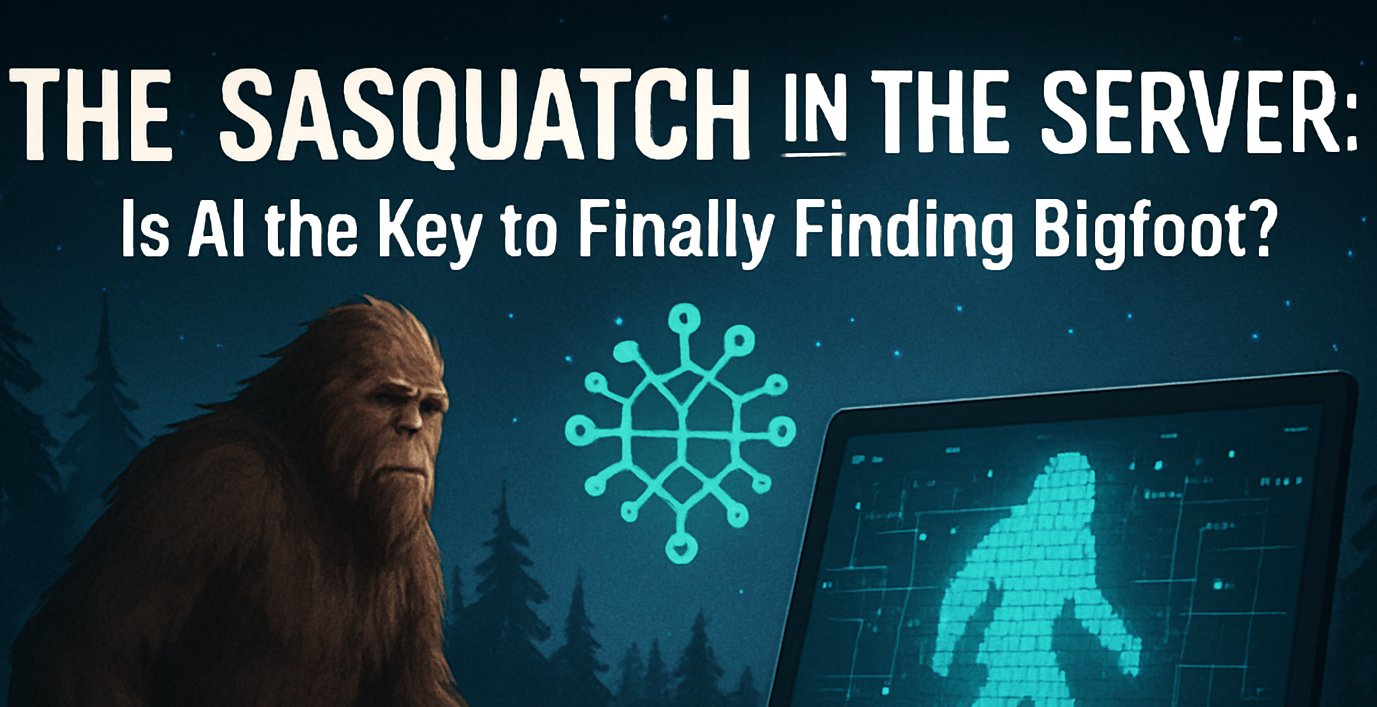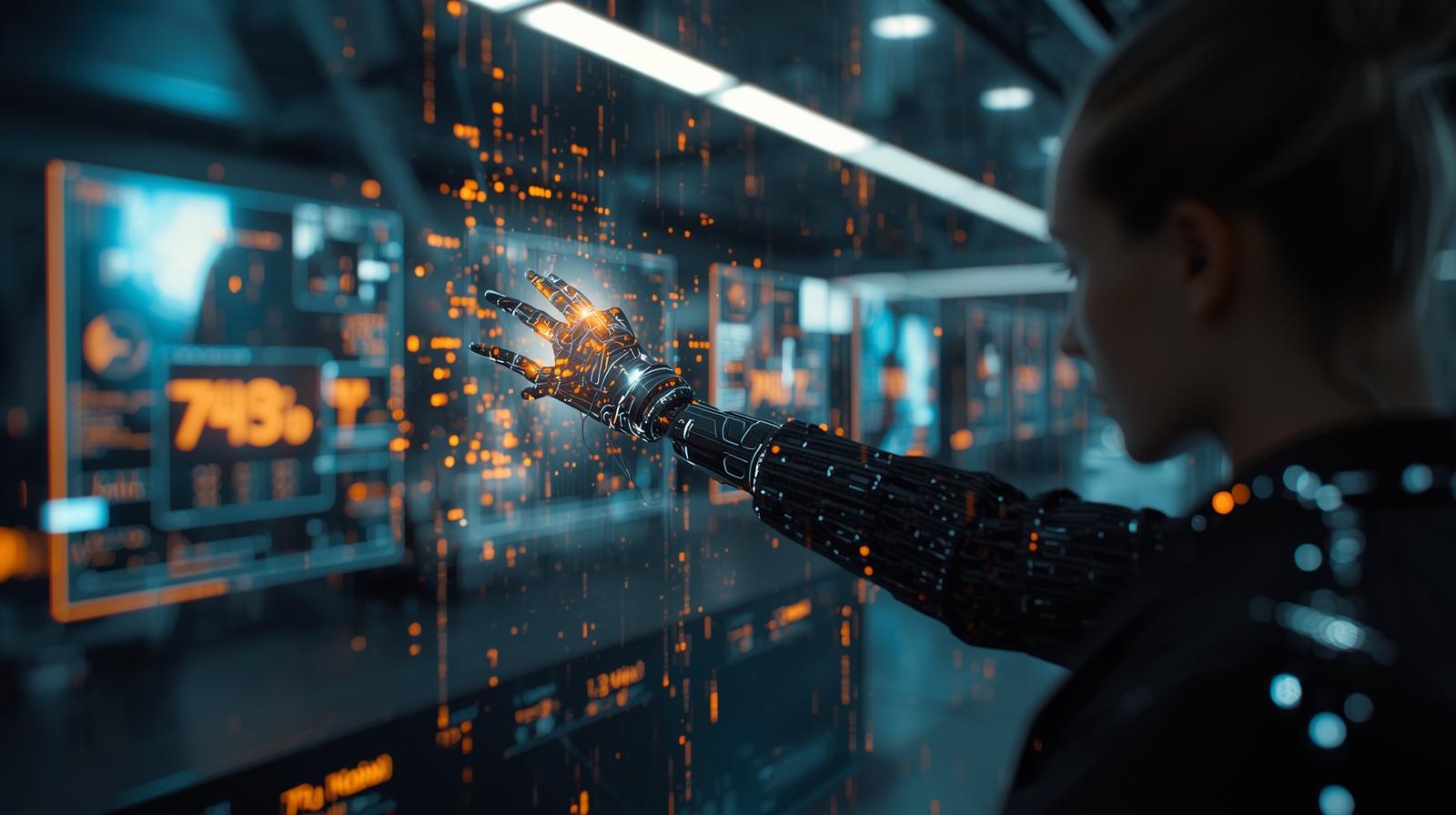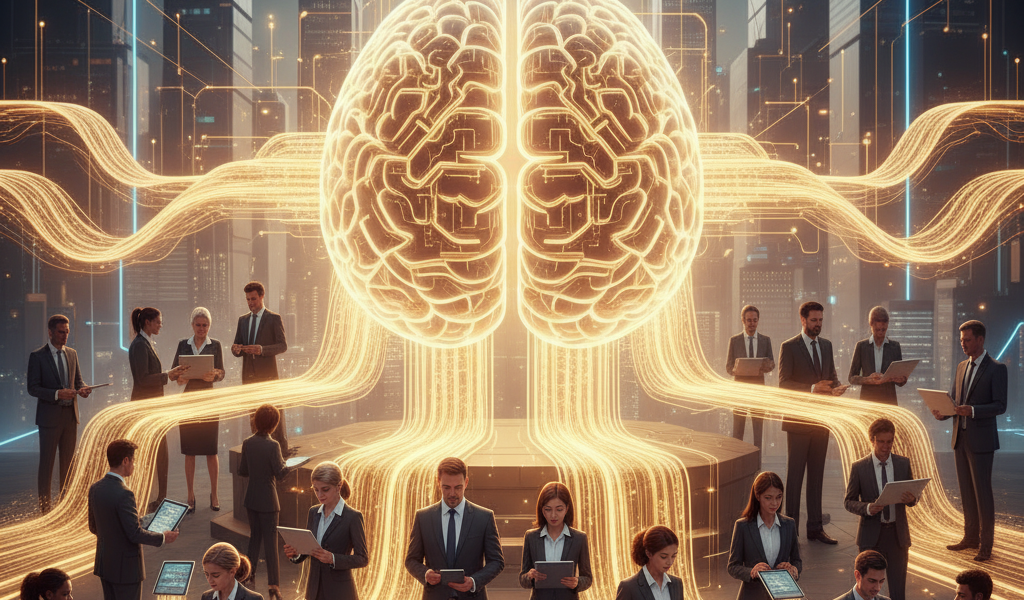It’s the oldest joke in cryptozoology: Bigfoot has been spotted thousands of times, yet every photo looks like it was snapped on a flip phone mid-sneeze. From the famous Patterson-Gimlin film in 1967 to the grainy clips haunting YouTube playlists today, the evidence has always been frustratingly inconclusive. But here’s the question that keeps me up at night: What if the problem wasn’t the evidence itself, but our inability to analyze it properly?
That’s where artificial intelligence enters the forest clearing.
AI as the Modern Cryptozoologist
For decades, the hunt for Sasquatch relied on eyewitness accounts, plaster casts of footprints, and fuzzy photographs. But let’s be honest—“eyeballing” a blurry silhouette isn’t exactly a rigorous method of analysis. AI changes that equation.
Imagine an algorithm trained on millions of images of bears, deer, hikers, and yes, elaborate costumes. Feed it a supposed Bigfoot photo, and it can break down pixel clusters, enhance resolution, and compare the figure against a massive database of known shapes and movements. Where a human eye might see only “dark blob in trees,” a neural network can flag whether it’s consistent with a bear’s outline—or whether it moves in ways no known animal should.
This doesn’t mean AI waves a magic wand and declares, “Yep, Sasquatch, case closed.” What it does mean is that the next time someone uploads a shaky smartphone clip, we might be able to separate the signal from the noise with more confidence than ever before.
Listening to the Forest
If photographs have failed us, perhaps the answers are hidden in the sounds of the wilderness. Many Bigfoot researchers have long pointed to eerie howls, wood knocks, and heavy bipedal footsteps recorded in remote areas. The problem? Hours upon hours of forest audio are nearly impossible for a person to sift through without going slightly mad.
AI doesn’t get bored. Algorithms designed for bioacoustics can now process thousands of hours of sound recordings, filtering out wind, birdsong, and the occasional distant ATV. What remains are patterns—strange vocalizations that don’t quite match wolves, coyotes, or owls. Some researchers are even experimenting with training AI to recognize the difference between random branch snaps and deliberate, rhythmic wood knocks, a behavior often attributed to Sasquatch.
Just thinking about an AI patiently combing through the midnight forests for something unknown gives me chills.
The Data Hoax Filter
Of course, no discussion about Bigfoot is complete without addressing the elephant—or perhaps gorilla—in the room: hoaxes. For every sincere recording, there’s someone in a Chewbacca costume stomping through the woods.
Here again, AI proves invaluable. Machine learning models can analyze videos frame by frame, testing whether the lighting matches the supposed time of day, whether the figure’s gait aligns with human biomechanics, or whether shadows are consistent across a scene. These are the kinds of details even sharp-eyed skeptics might miss.
In short, AI isn’t just hunting Bigfoot—it’s hunting the hoaxers, too.
The Human Element
Now, before we hand over the keys of cryptozoology to silicon brains, let’s pump the brakes. AI is only as good as the data it’s trained on. Algorithms can flag anomalies, but it still takes a team of human experts to interpret them.
A biologist might recognize a “mystery howl” as a rare bird call. A skeptic might point out that the “non-human gait” was simply someone hiking awkwardly uphill. And yes, a cryptozoologist might see in the data something that doesn’t fit neatly into our catalog of known species.
AI is a tool, not a replacement for human curiosity and judgment. It’s the assistant, not the hero.
The Philosophical Question
So here we are, staring into the digital wilderness. Does using AI to find Bigfoot strip away the romance of the chase—the campfire stories, the breathless replays of grainy footage? Or does it represent the next great leap in a timeless human quest?
Personally, I can’t help but feel a thrill at the possibility. For centuries, we’ve relied on luck, blurry lenses, and late-night radio call-ins. Now, we’re bringing neural networks and pattern recognition into the mix.
Maybe Bigfoot is out there. Maybe not. But one thing feels certain: the next chapter in this mystery won’t be written in smudged ink on a field notebook. It’ll be written in algorithms, patiently sifting through every howl, footprint, and shadow in the trees.
And if AI finally helps us answer the question that has haunted every grayscale YouTube video for the last decade—well, I, for one, will welcome our silicon Sasquatch hunter overlords.
FAQs About AI and the Search for Bigfoot
1. Has AI already found proof of Bigfoot?
Not yet. AI has flagged anomalies in photos, videos, and audio, but nothing that can be considered definitive proof.
2. How is AI better than humans at analyzing Bigfoot evidence?
AI can process massive datasets quickly, detect subtle patterns, and compare evidence against known animal behaviors and hoaxes.
3. Can AI detect fake Bigfoot videos?
Yes. AI can analyze inconsistencies in lighting, shadows, and movement to spot digital or staged hoaxes.
4. What kind of audio analysis is being done?
AI bioacoustics models are used to sift through forest recordings, identifying unique howls, knocks, and footsteps that don’t match known species.
5. Does AI replace cryptozoologists?
No. AI supports researchers but can’t replace the human expertise needed to interpret results.
6. What’s the future of AI in cryptozoology?
We’re likely to see more sophisticated image and audio recognition, larger datasets, and collaborations between tech experts and field researchers.




